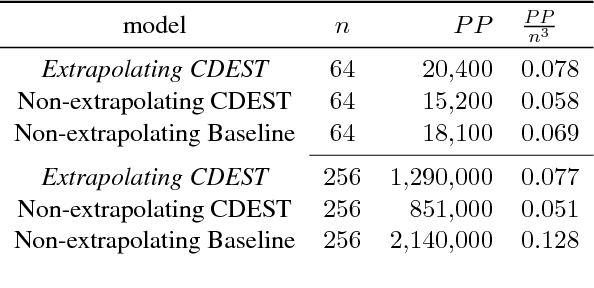Learning Distributions of Meant Color
Paper and Code
May 03, 2018



When a speaker says the name of a color, the color that they picture is not necessarily the same as the listener imagines. Color is a grounded semantic task, but that grounding is not a mapping of a single word (or phrase) to a single point in color-space. Proper understanding of color language requires the capacity to map a sequence of words to a probability distribution in color-space. A distribution is required as there is no clear agreement between people as to what a particular color describes -- different people have a different idea of what it means to be `very dark orange'. We propose a novel GRU-based model to handle this case. Learning how each word in a color name contributes to the color described, allows for knowledge sharing between uses of the words in different color names. This knowledge sharing significantly improves predicative capacity for color names with sparse training data. The extreme case of this challenge in data sparsity is for color names without any direct training data. Our model is able to predict reasonable distributions for these cases, as evaluated on a held-out dataset consisting only of such terms.
 Add to Chrome
Add to Chrome Add to Firefox
Add to Firefox Add to Edge
Add to Edge